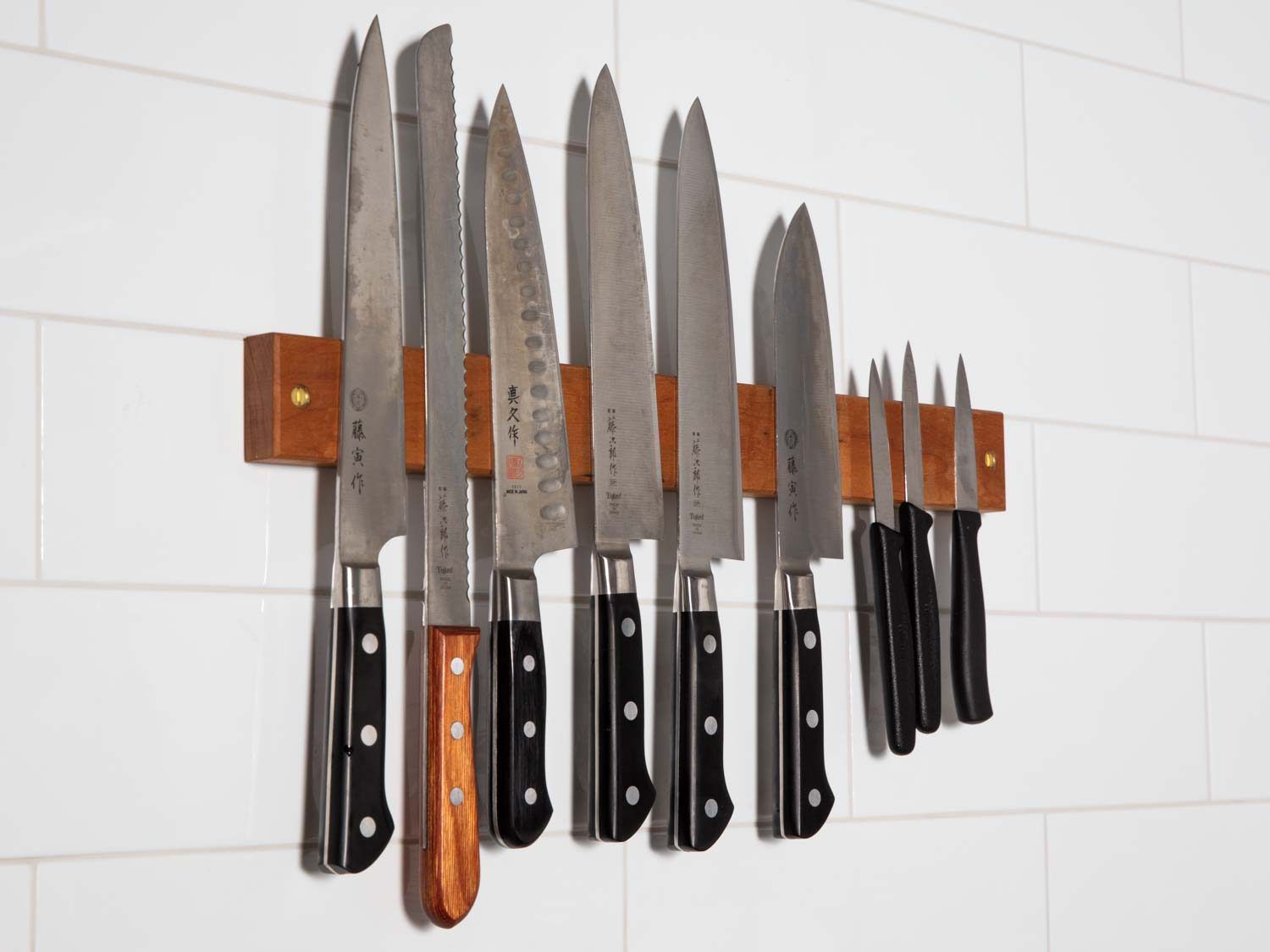

Articles
How To Store Kitchen Knives
Modified: January 6, 2024
Discover the best methods for storing kitchen knives with our informative articles. Keep your knives organized and protected for lasting quality and safety.
(Many of the links in this article redirect to a specific reviewed product. Your purchase of these products through affiliate links helps to generate commission for Storables.com, at no extra cost. Learn more)
Introduction
Welcome to the world of culinary excellence! Whether you are a professional chef or an aspiring home cook, having the right tools is essential. And when it comes to preparing delicious meals, a sharp and reliable set of kitchen knives is undoubtedly high on the list. But have you ever considered how you store your knives?
Proper knife storage is not just about keeping them organized and easily accessible; it also plays a significant role in preserving their longevity and performance. In this article, we will explore why proper knife storage is important and discuss the common mistakes to avoid. We will also delve into best practices and explore various options for storing your kitchen knives.
Without further ado, let’s dive in and discover how to store your kitchen knives effectively!
Key Takeaways:
- Proper knife storage is crucial for preserving blade quality, preventing accidents, and organizing your kitchen. Avoid common mistakes and follow best practices to ensure your knives remain safe and accessible.
- Explore various storage options, from knife blocks to wall-mounted racks, to find the best fit for your kitchen setup and personal preferences. Keep your knives clean, dry, and well-maintained for long-lasting performance.
Read more: How To Store Knives In A Drawer
Why Proper Knife Storage is Important
Proper knife storage goes beyond mere convenience or aesthetics. It is crucial for several reasons:
- Prevents damage: Storing knives properly helps protect the blade’s sharp edge from getting dulled or chipped. When knives are left loose in a drawer or countertop, they can collide with other objects, leading to damage.
- Ensures safety: Safety should be a top priority when it comes to knife storage. By keeping knives in designated storage options, you reduce the risk of accidental cuts or injuries while searching for them in a cluttered drawer.
- Prolongs blade lifespan: Knives that are stored haphazardly can get scratched or nicked, which can diminish their lifespan. Proper storage protects the blade, helping it retain its sharpness and longevity.
- Organizes your kitchen: A clutter-free and organized kitchen not only looks aesthetically pleasing, but it also saves you time and effort. Knowing where your knives are stored allows for quick and efficient meal prep.
- Preserves blade quality: Exposure to humidity, dust, and other environmental factors can tarnish the blade and affect its performance. Proper storage protects the knife from these elements, ensuring that it stays in top-notch condition.
- Prevents accidents: Storing knives safely reduces the chances of accidental cuts or injuries, particularly if there are children in the household. Keeping knives out of reach and securely stored minimizes the risk of accidents.
Now that we understand the importance of proper knife storage, let us explore some common mistakes to avoid when it comes to storing your kitchen knives.
Common Mistakes to Avoid
When it comes to knife storage, there are some common mistakes that many people unknowingly make. By avoiding these mistakes, you can ensure the longevity and performance of your kitchen knives:
- Leaving knives loose in drawers: Storing knives loose in drawers without any protective sheaths or dividers can lead to blade damage and can be dangerous when reaching in for a knife.
- Storing knives in a jumbled mess: Piling up knives haphazardly in a drawer or on a countertop can result in blades rubbing against each other, causing scratches or chips.
- Putting knives in the dishwasher: The dishwasher can expose knives to excessive heat, moisture, and harsh detergents, which can corrode the blade or handle material and affect their performance.
- Storing knives with other utensils: Placing knives alongside other kitchen utensils, such as forks and spoons, can lead to accidental cuts when reaching into the drawer or container.
- Leaving knives in the sink or on cutting boards: Knives left in the sink or on cutting boards are susceptible to damage and can pose a safety hazard when someone reaches into the sink or accidentally brushes against the exposed blade.
- Using improper storage methods: Using storage methods that don’t provide proper protection for the blades, such as using a knife block with slots that are too wide or using flimsy knife covers, can lead to blade damage.
By keeping these common mistakes in mind, you can avoid potential damage to your kitchen knives. Now, let’s explore the best practices for storing knives effectively.
Best Practices for Storing Kitchen Knives
Now that we are aware of the importance of proper knife storage and the common mistakes to avoid, let’s delve into the best practices for storing your kitchen knives:
- Clean and dry knives: Before storing your knives, make sure they are clean and dry to prevent any moisture or residue buildup that could lead to corrosion or damage.
- Store knives separately: Individual storage for each knife is crucial to prevent blades from rubbing against each other. This can be achieved through various storage options we will explore later.
- Choose the right storage option: Different storage options suit different needs and kitchen setups. Consider factors like available space, accessibility, and aesthetic appeal when selecting a storage method for your knives.
- Protect the blade: Whether using a knife block or other storage options, ensure that the blade is protected and not in contact with hard surfaces. Blade guards or sheaths are valuable for extra protection.
- Keep knives out of reach of children: If you have children at home, store your knives in a location that is inaccessible to them, such as high shelves or lockable drawers.
- Hone and sharpen regularly: Maintain the sharpness and performance of your knives by regularly honing and sharpening them. Store your honing steel or sharpening stone in a convenient location to make it easily accessible.
- Regularly inspect your storage: Periodically check your storage method for any signs of wear or damage. Replace any worn-out or damaged storage options to ensure the safety and longevity of your knives.
By following these best practices, you can ensure that your kitchen knives are stored properly, protecting their performance and extending their lifespan. Now, let’s explore different storage options available for your kitchen knives.
Option 1: Knife Blocks
Knife blocks are a classic and popular choice for storing kitchen knives. They are versatile, convenient, and provide excellent protection for the blades. Here are the key features and benefits of using a knife block:
- Safe and secure: Knife blocks have individual slots that securely hold each knife, preventing them from moving or rubbing against each other. This ensures that the blades remain sharp and undamaged.
- Easy accessibility: With a knife block, you can easily see and access each knife at a glance. This makes it convenient during meal prepping, as you can quickly grab the knife you need without searching through drawers.
- Organized countertop: Knife blocks help keep your countertop tidy and clutter-free. By having a designated spot for your knives, you can save space and maintain a visually appealing kitchen.
- Variety of styles: Knife blocks come in a range of styles, materials, and sizes to match your kitchen décor and personal preferences. From traditional wooden blocks to modern stainless steel or acrylic options, you can find one that suits your aesthetic.
- Additional slots for other tools: Many knife blocks have extra slots for storing other kitchen tools like kitchen shears or sharpening steel. This allows you to keep all your essential tools in one place.
When using a knife block, make sure to clean and dry your knives before inserting them to prevent any moisture buildup. Regularly clean the knife block itself to remove any dust or debris that may accumulate over time.
Overall, a knife block offers a great balance of functionality, accessibility, and visual appeal. It is a reliable storage option for those who prefer to keep their knives on the countertop for easy access during cooking.
Next, we will explore another popular storage option for kitchen knives: magnetic knife strips.
To store kitchen knives safely, use a knife block, magnetic strip, or in-drawer organizer to keep them sharp and prevent accidents. Avoid storing them loose in a drawer to prevent damage and injury.
Read more: How To Store Damascus Knives
Option 2: Magnetic Knife Strips
Magnetic knife strips provide a sleek and modern storage solution for kitchen knives. These strips utilize strong magnets to securely hold the knives in place, offering several advantages:
- Space-saving design: Magnetic knife strips can be mounted on the wall, saving valuable countertop or drawer space. This makes them an excellent choice for small kitchens or for those who prefer a minimalist aesthetic.
- Easy accessibility: With a magnetic strip, your knives are easily visible and within reach. You can quickly grab the knife you need without rummaging through drawers or searching for the right slot in a knife block.
- Protects blade integrity: The magnets in the strip securely hold the knives, preventing them from coming into contact with other utensils or surfaces. This protects the blades from scratches, nicks, or other damage that can occur with improper storage.
- Customizable arrangement: Magnetic knife strips allow for flexible arrangement of your knives. You can arrange them based on your preference, making it convenient to store knives of different sizes and shapes.
- Easy cleaning: Magnetic knife strips are easy to clean as there are no slots or compartments. Simply wipe down the strip with a damp cloth to remove any dust or debris.
- Multi-purpose functionality: In addition to storing knives, magnetic strips can also be used to store other metal kitchen tools like kitchen shears, bottle openers, or metal spatulas.
When installing a magnetic knife strip, make sure to mount it securely on a stable surface, such as a wall or backsplash. Ensure that the strip is level to prevent any knives from sliding or falling off accidentally.
Magnetic knife strips offer a modern and space-saving solution for storing your kitchen knives. Their sleek design and easy accessibility make them a popular choice for both professional chefs and home cooks alike.
Next, we will explore another option for storing kitchen knives: in-drawer knife organizers.
Option 3: In-drawer Knife Organizers
If you prefer to keep your kitchen knives out of sight and free up countertop space, an in-drawer knife organizer is an excellent choice. Here are the key features and benefits of using an in-drawer knife organizer:
- Maximizes drawer space: In-drawer knife organizers are designed to fit neatly into standard kitchen drawers, utilizing the often-underutilized space. This helps to keep your countertop clear of clutter.
- Protects knife blades: These organizers typically have individual slots or compartments for each knife, ensuring that the blades are safely separated and protected from damage.
- Easy access and visibility: When opening the drawer, you can see all the knives arranged neatly in the organizer, making it easy to locate the specific knife you need without rummaging through a collection.
- Diverse storage options: In-drawer knife organizers come in various designs, including wooden trays, plastic inserts, or foam inserts. You can choose the one that best suits your preferences and the size of your knife collection.
- Customizable arrangement: Depending on the organizer, you can arrange the knives based on your preference, allowing for easy access and avoiding the blades from touching one another.
- Safe and secure storage: Placing knives in an in-drawer organizer ensures that they are safely stored, reducing the risk of accidental cuts or injuries that can occur when loose knives are placed in a drawer.
When using an in-drawer knife organizer, it is important to keep the drawer clean and free from debris to prevent any damage to the knives. Regularly inspect the organizer for any signs of wear or damage and replace it if needed to ensure the safety of your knives.
An in-drawer knife organizer offers a discreet and organized solution for storing your knives. It keeps your knives hidden from view while providing easy access and ensuring the safety of both the knives and those using the drawer.
Next, we will explore another option for storing kitchen knives: knife rolls or bags.
Option 4: Knife Rolls or Bags
For those who need to transport their knives or prefer a portable storage solution, knife rolls or bags offer a convenient and compact option. Here are the key features and benefits of using knife rolls or bags:
- Portability: Knife rolls and bags are designed for easy transportation. They often come with handles or straps, making it convenient to carry your knives to cooking classes, outdoor events, or when traveling.
- Protection: These storage options typically feature separate pockets or compartments for each knife. The pockets are padded or lined with a protective material to keep the blades safe from damage during transport.
- Flexible storage capacity: Knife rolls and bags come in various sizes and configurations, allowing you to choose one based on the number and size of your knives. They can accommodate a wide range of knife types, from small paring knives to larger chef’s knives.
- Compact and space-saving: When not in use, knife rolls or bags can be easily rolled up or folded, taking up minimal space in your kitchen or during travel.
- Additional storage compartments: Some knife rolls or bags feature extra pockets or compartments for storing additional kitchen tools, such as sharpening stones, kitchen shears, or utensils.
- Ease of cleaning: Most knife rolls or bags are made of durable and easily washable materials. You can typically wipe them clean or even machine wash them (depending on the specific product) to keep them hygienic.
When using a knife roll or bag, make sure to secure the knives properly in their designated pockets or compartments. Avoid placing knives with the blades exposed to minimize the risk of accidental cuts when reaching into the bag or roll.
Knife rolls or bags are an excellent choice for culinary professionals, aspiring chefs, or anyone who frequently travels with their knives. They offer convenience, protection, and ease of transportation for your valuable kitchen tools.
Lastly, let’s explore another option for storing kitchen knives: wall-mounted knife racks.
Option 5: Wall-mounted Knife Racks
If you want to showcase your kitchen knives while keeping them easily accessible, a wall-mounted knife rack is a stylish and efficient storage solution. Here are the key features and benefits of using a wall-mounted knife rack:
- Visibility and accessibility: With a wall-mounted knife rack, your knives are on display, allowing you to easily see and access each knife. This is especially useful for those who want their knives within arm’s reach while cooking.
- Saves countertop space: By mounting the knife rack on the wall, you can free up valuable countertop space and keep your kitchen uncluttered.
- Organized storage: Knife racks typically have slots or magnetic strips to securely hold the knives. This allows you to organize your knives in a neat and visually appealing manner.
- Protects blades: Wall-mounted knife racks provide individual slots or magnetic strips to keep the blades separated and protected. This helps prevent any accidental damage or dulling of the blade edges.
- Customizable arrangement: Depending on the type of knife rack you choose, you can arrange your knives based on your preference and convenience. This makes it easy to find the knife you need quickly.
- Stylish and decorative: Wall-mounted knife racks come in a variety of designs and materials, allowing you to choose one that complements your kitchen décor. They can serve as a functional and decorative element, adding a touch of elegance to your space.
When mounting a knife rack on the wall, ensure that it is securely attached to a stud or using appropriate mounting hardware. This ensures stability and prevents accidents.
Wall-mounted knife racks are a great option for those who want their knives on display while keeping them safe and organized. They offer easy accessibility, save countertop space, and add a stylish element to your kitchen.
Now that we have explored various options for storing your kitchen knives, it’s time to wrap up.
Read more: How To Store Steak Knives
Conclusion
Properly storing your kitchen knives is essential for their longevity, performance, and your overall kitchen organization. By avoiding common mistakes and following best practices, you can ensure that your knives remain sharp, safe, and easily accessible.
In this article, we discussed the importance of proper knife storage and the potential consequences of improper storage. We explored five different options for storing kitchen knives:
- Knife blocks: Offering safety, accessibility, and a variety of styles.
- Magnetic knife strips: Providing space-saving convenience and easy accessibility.
- In-drawer knife organizers: Maximizing drawer space while protecting your knives.
- Knife rolls or bags: Offering portability and compact storage for travel.
- Wall-mounted knife racks: Showcasing your knives while keeping them easily accessible.
Each option has its own advantages, so choose the method that best suits your needs, kitchen setup, and personal preferences.
Remember, no matter which option you choose, it’s crucial to keep your knives clean, dry, and well-maintained. Regularly inspect your storage method for any signs of wear or damage, and replace it if needed to ensure the safety of your knives.
With proper knife storage, you can protect your investment, create a safe cooking environment, and streamline your meal preparation process. So, take the time to consider the best storage option for your kitchen knives, and enjoy the benefits of organized and efficient cooking.
Frequently Asked Questions about How To Store Kitchen Knives
Was this page helpful?
At Storables.com, we guarantee accurate and reliable information. Our content, validated by Expert Board Contributors, is crafted following stringent Editorial Policies. We're committed to providing you with well-researched, expert-backed insights for all your informational needs.
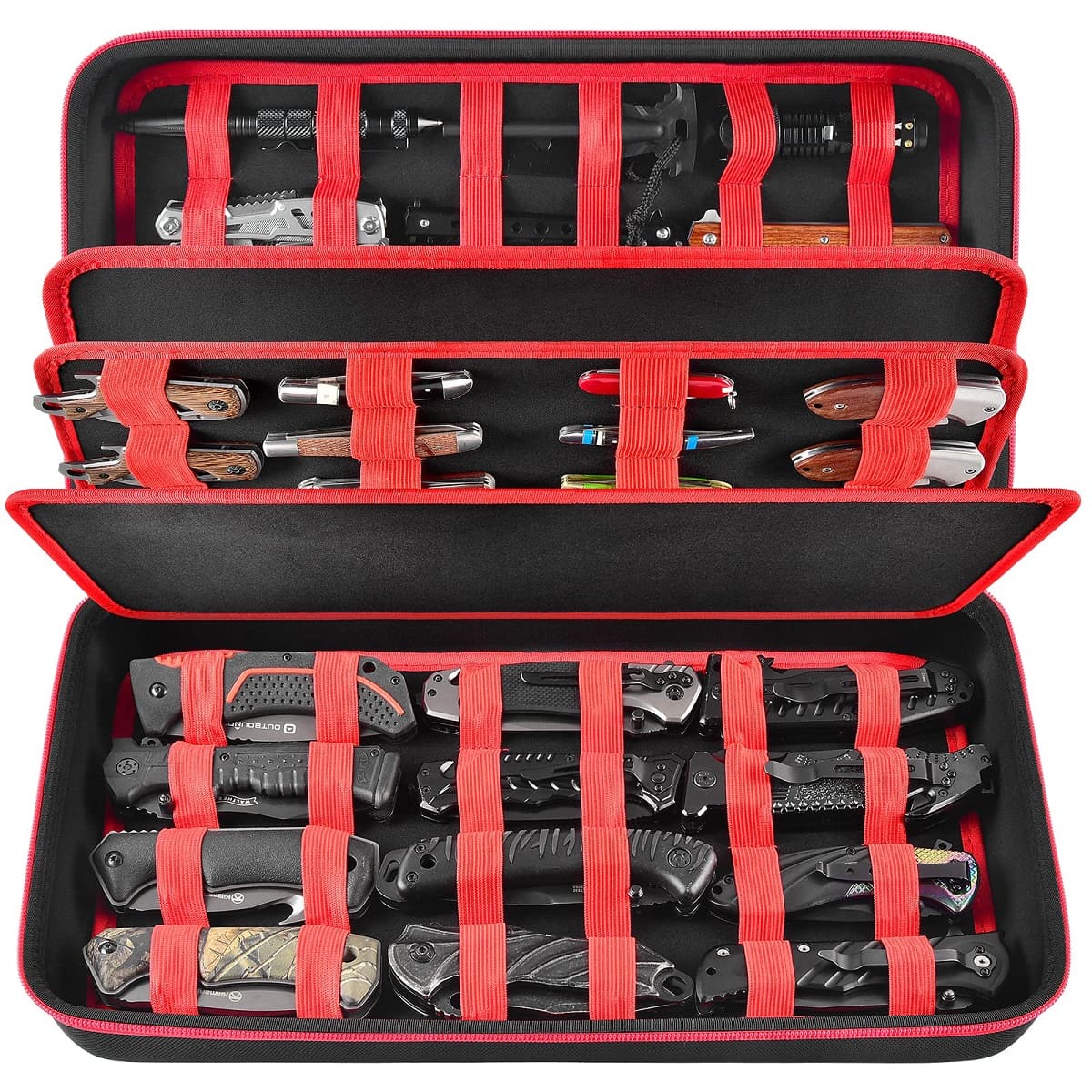
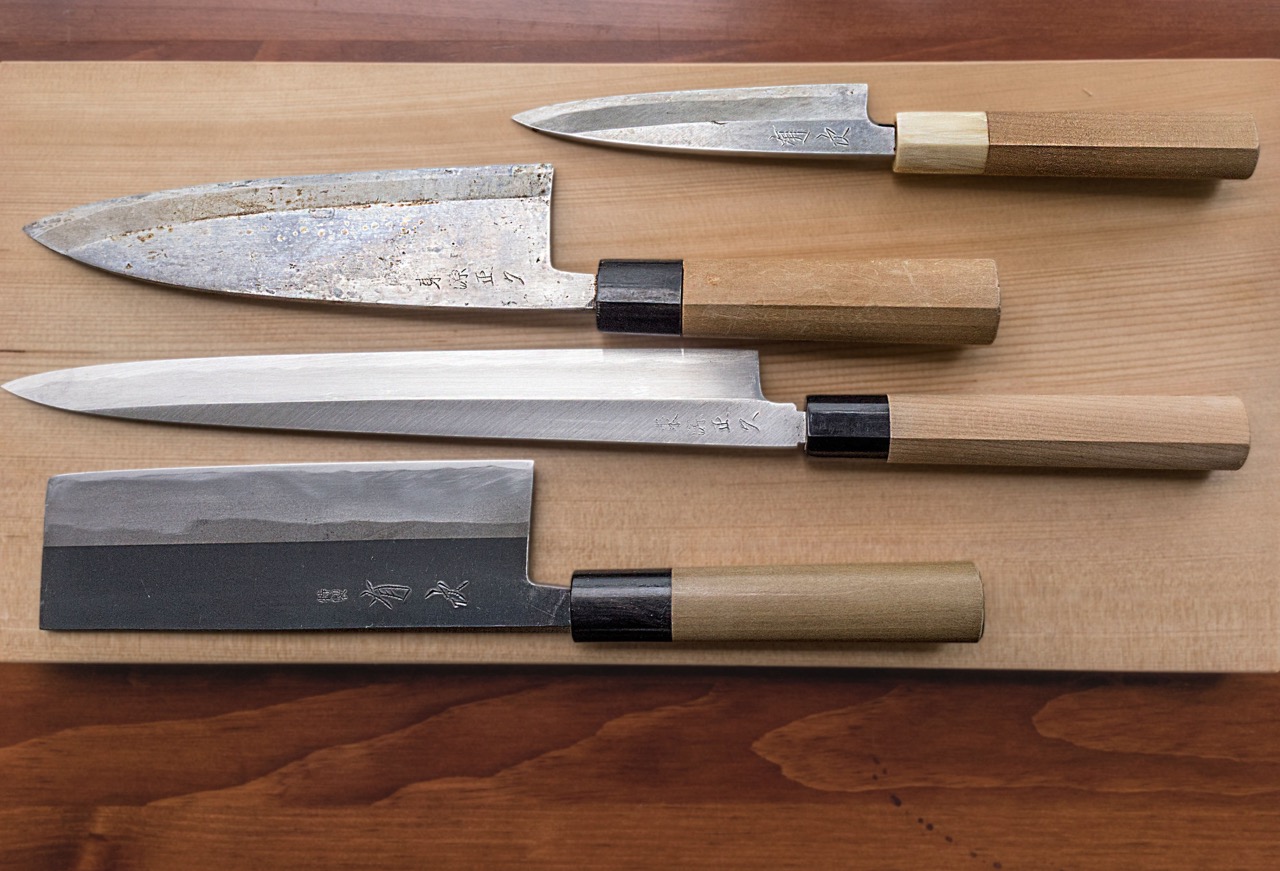
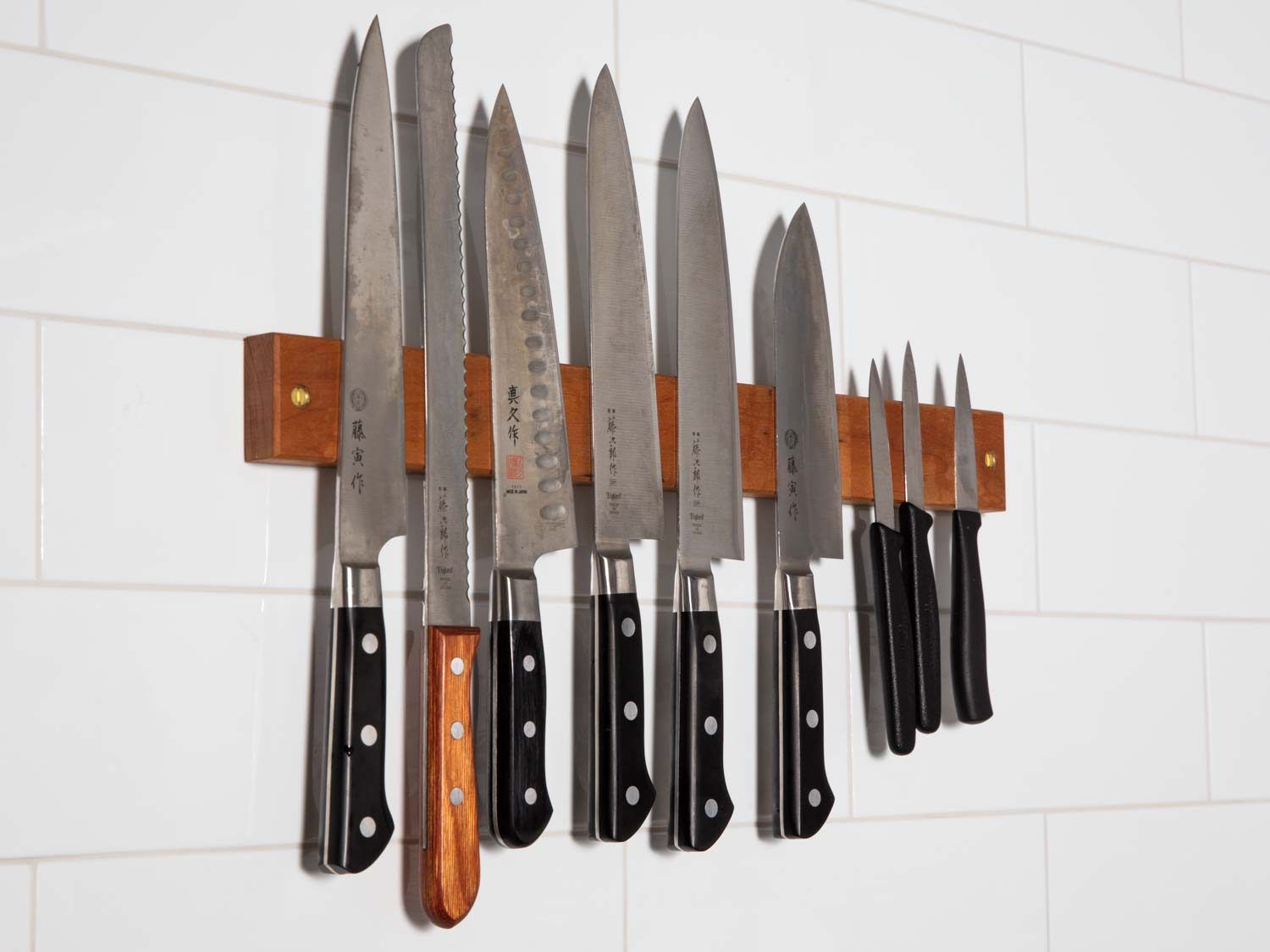
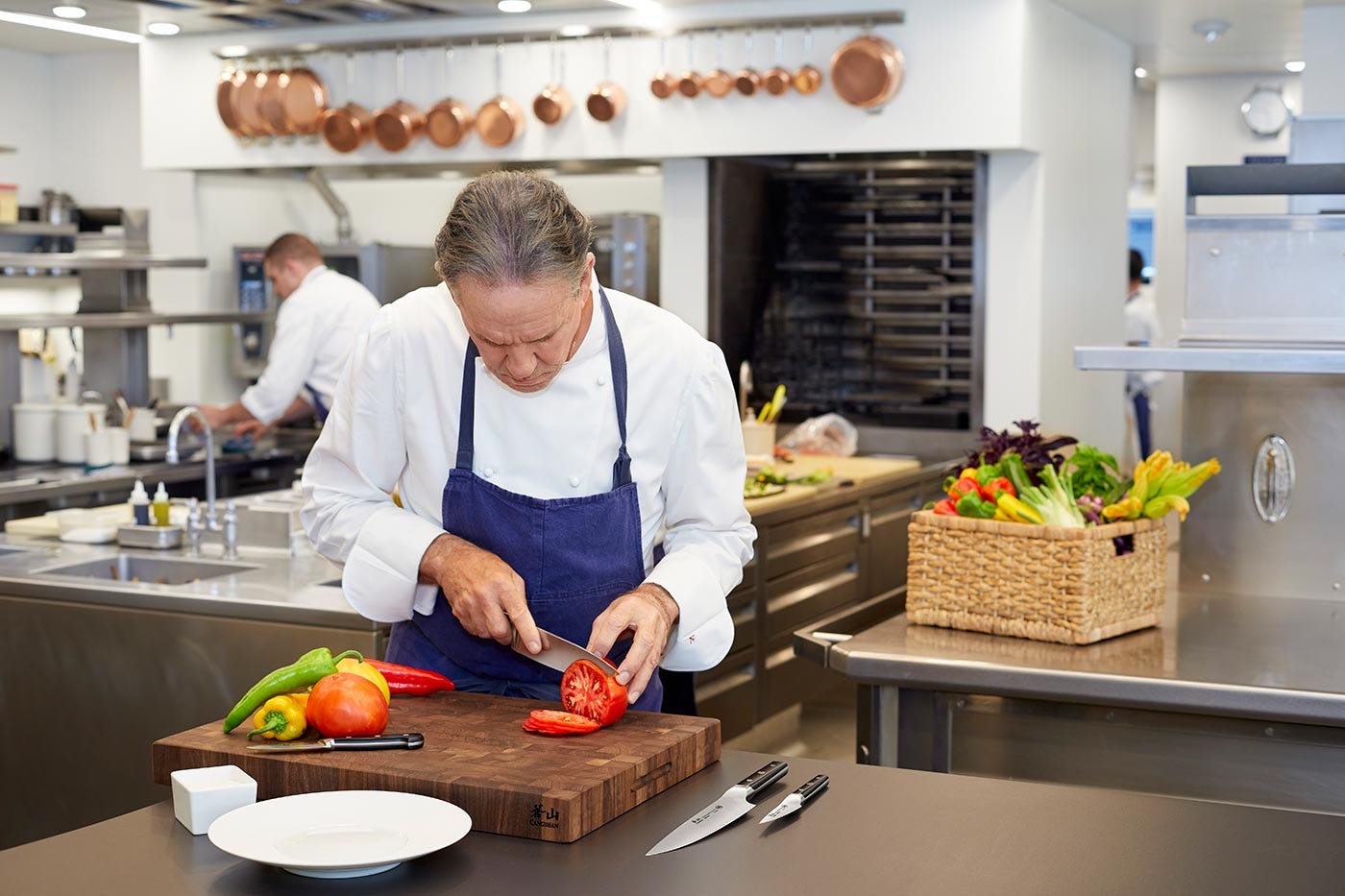
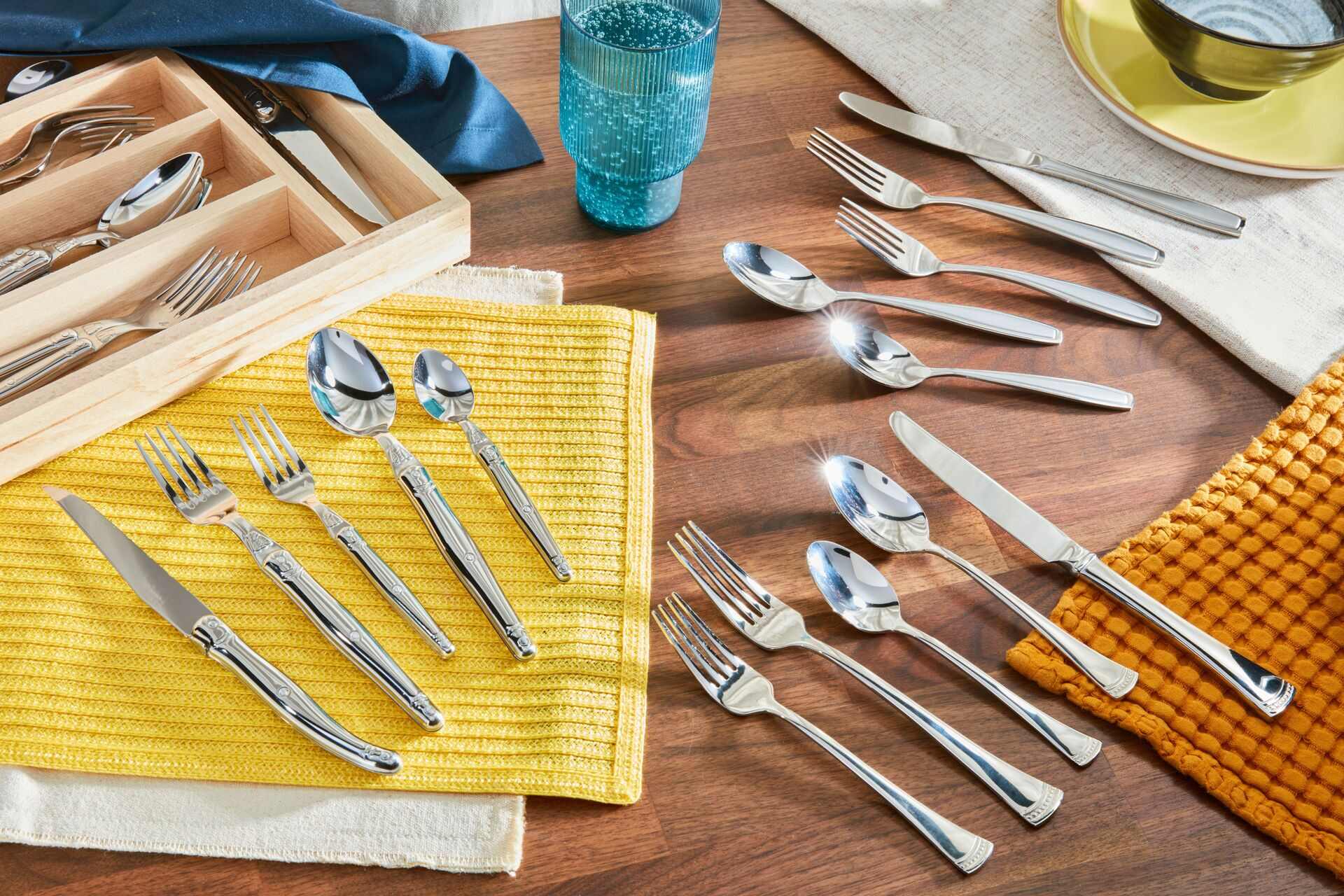
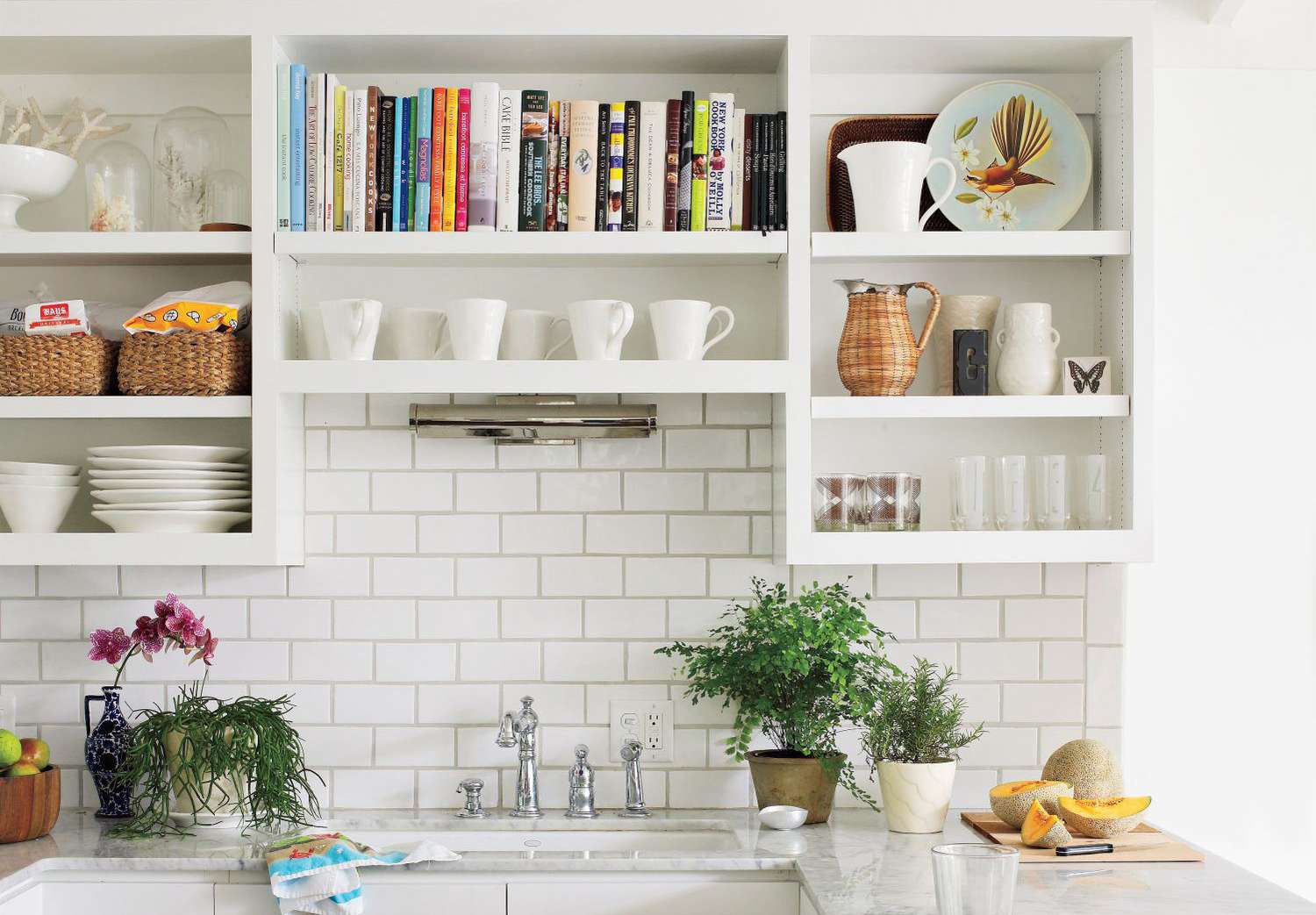
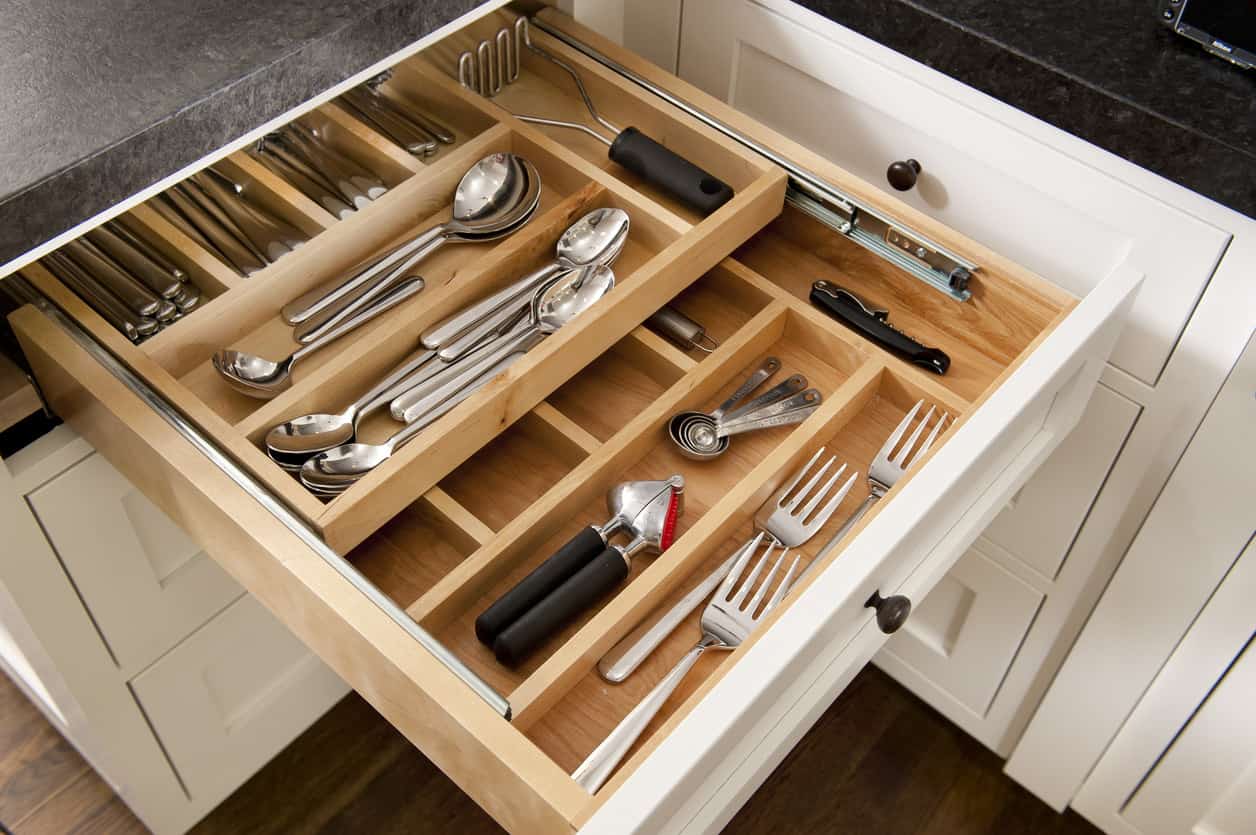
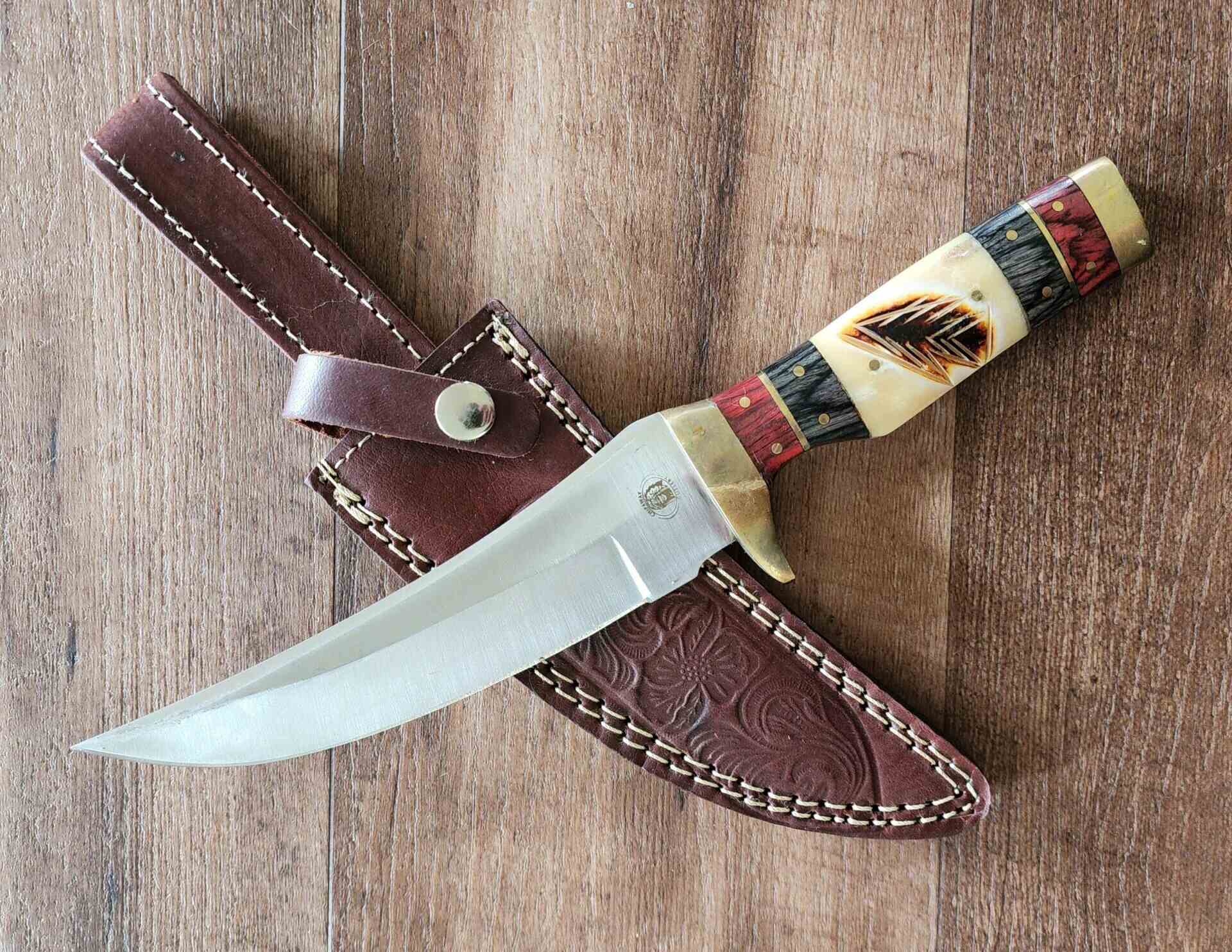
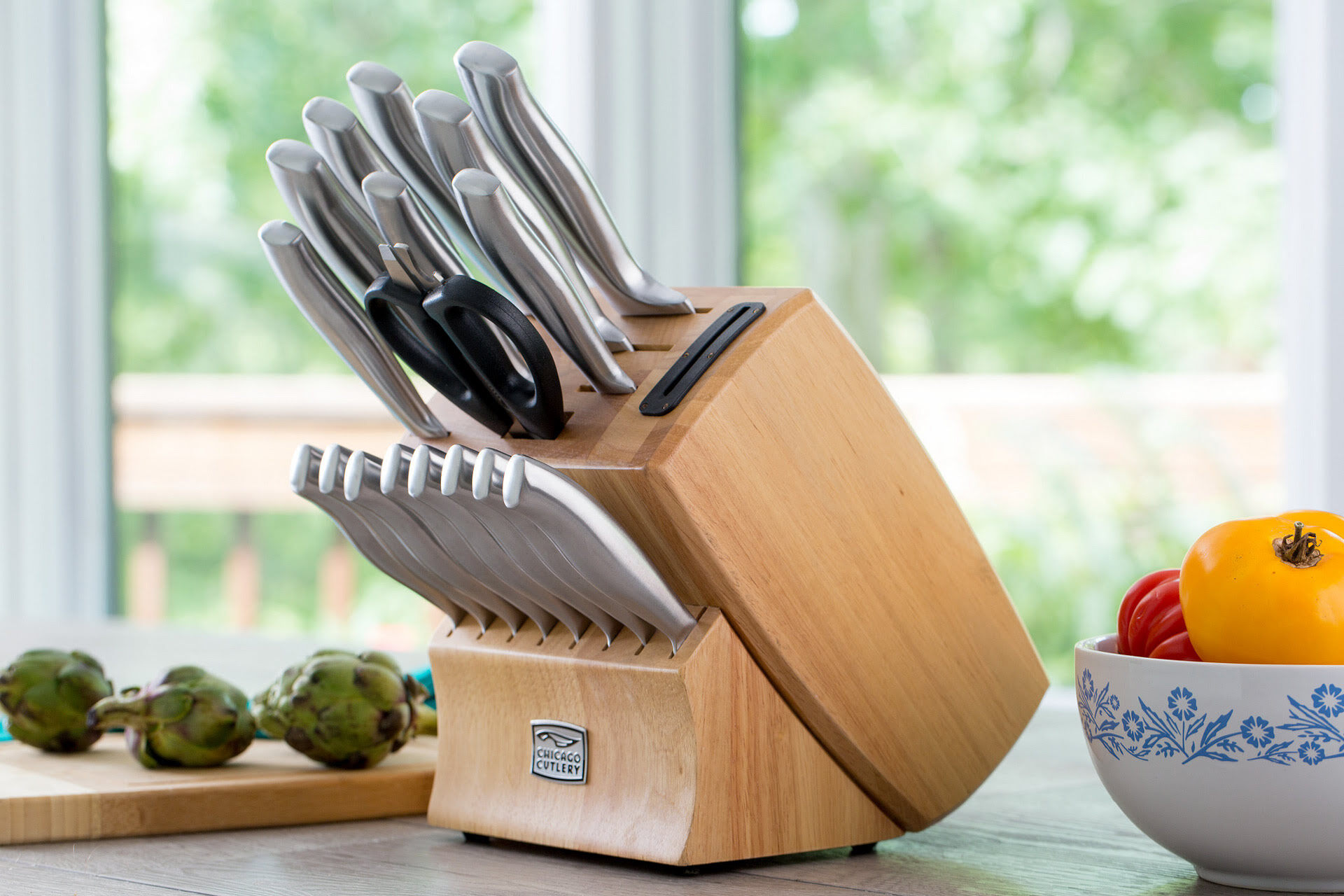
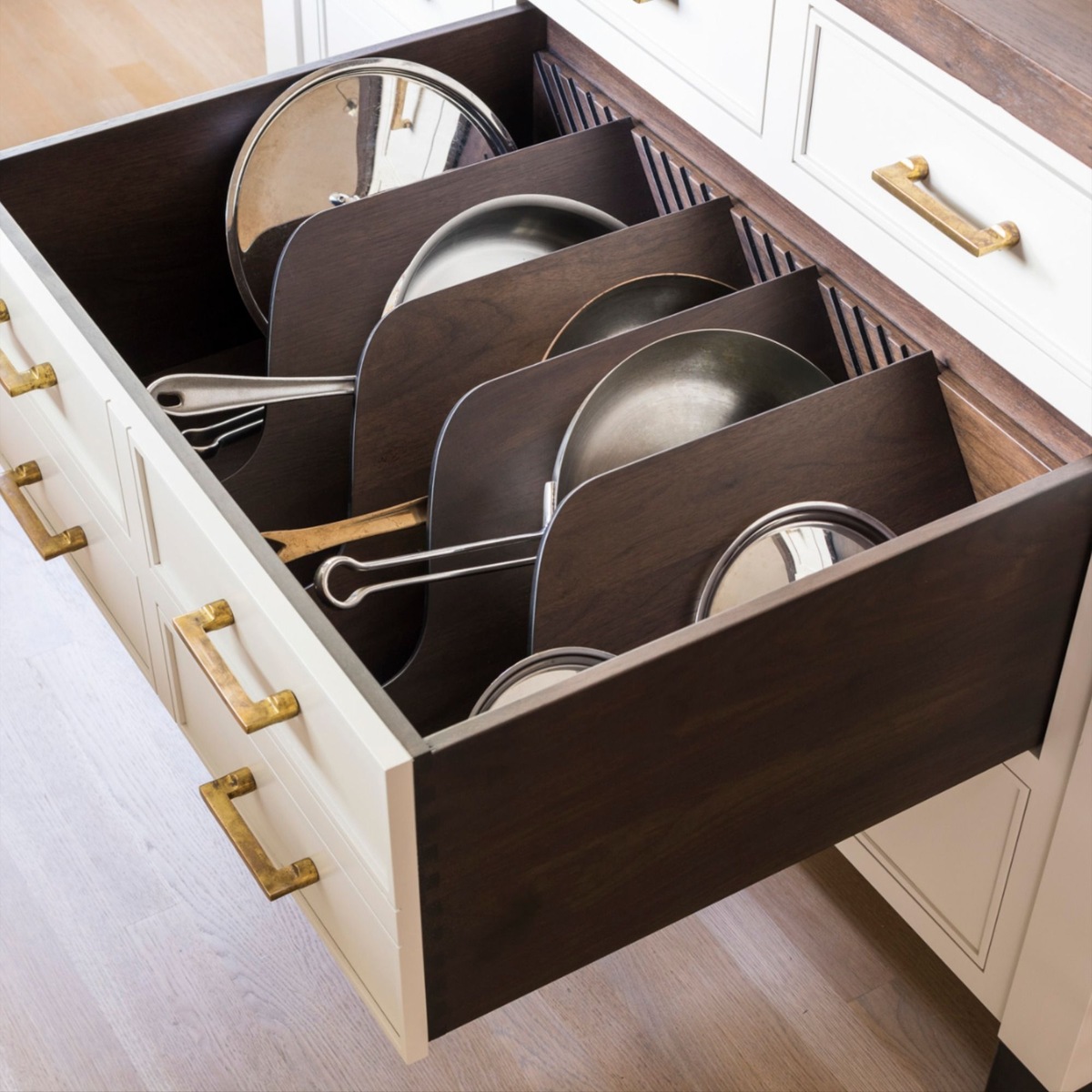
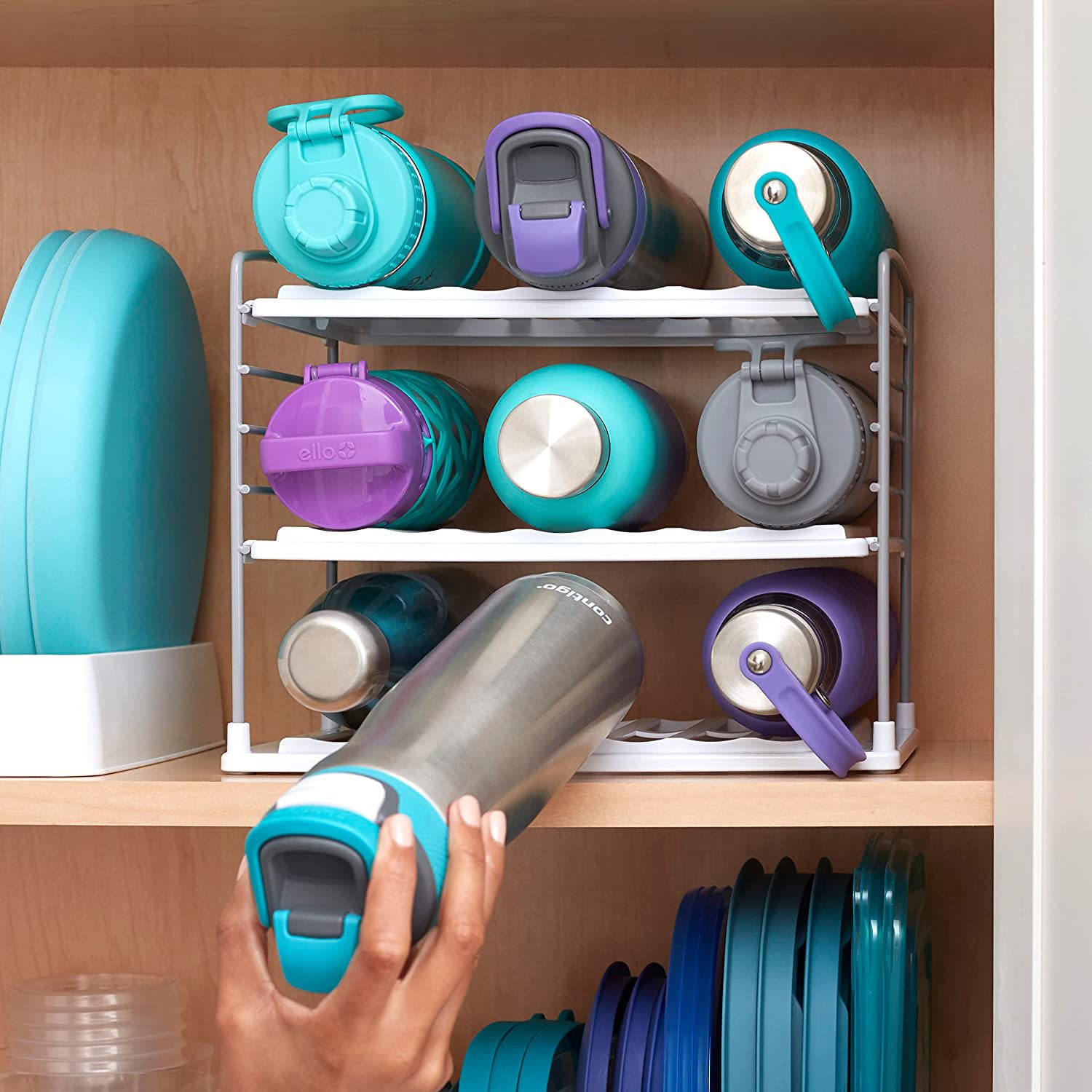
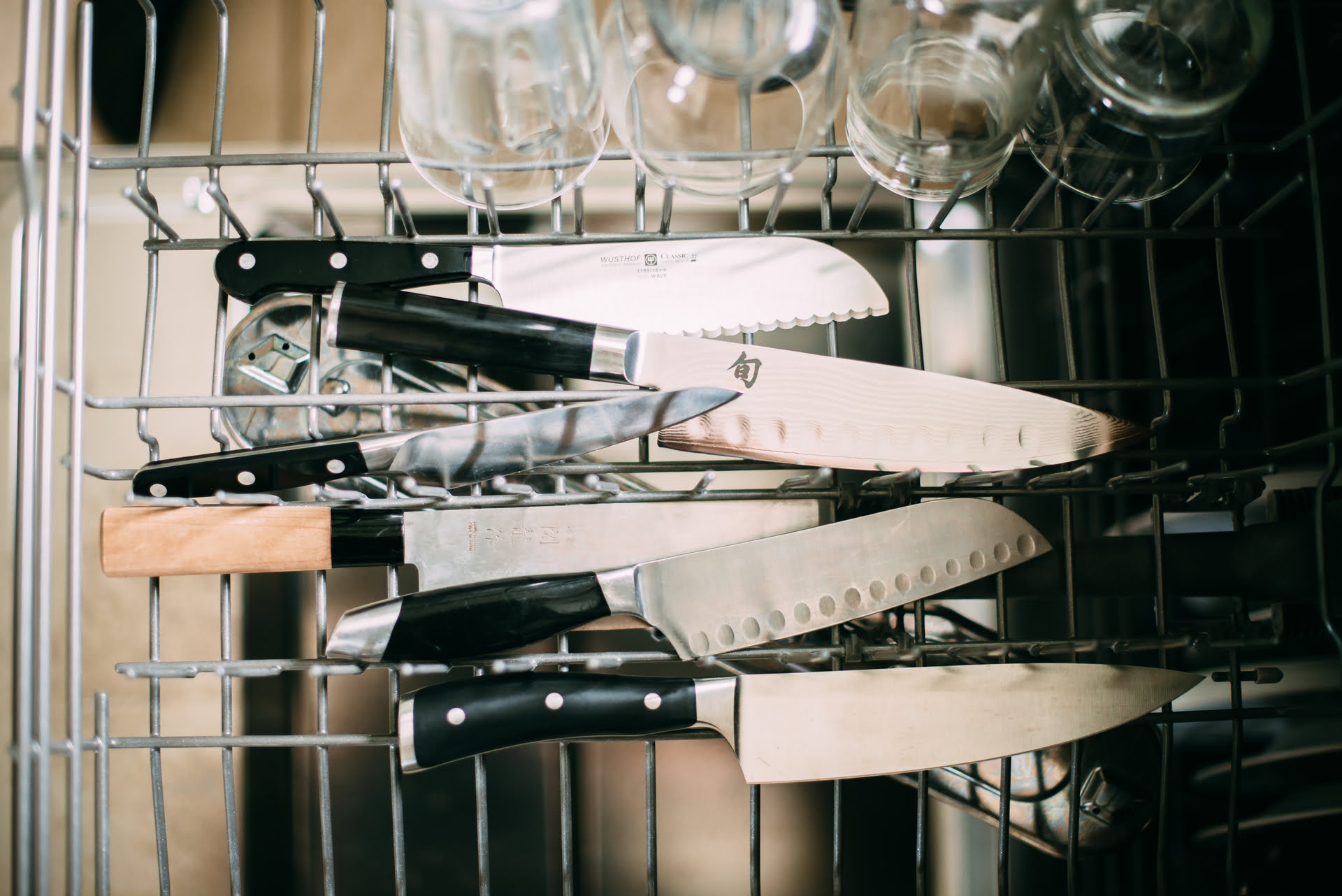
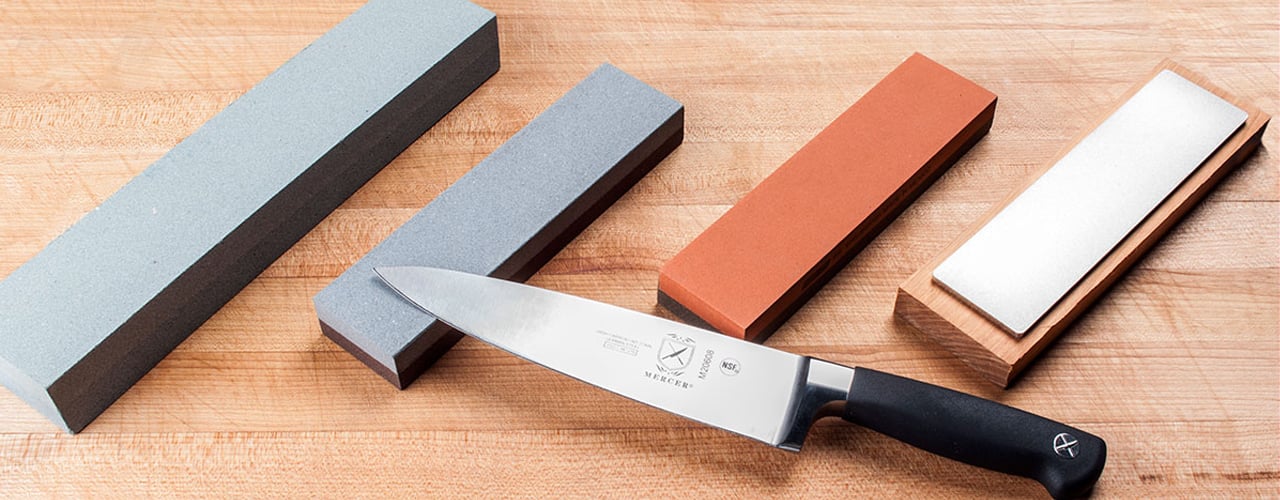

0 thoughts on “How To Store Kitchen Knives”